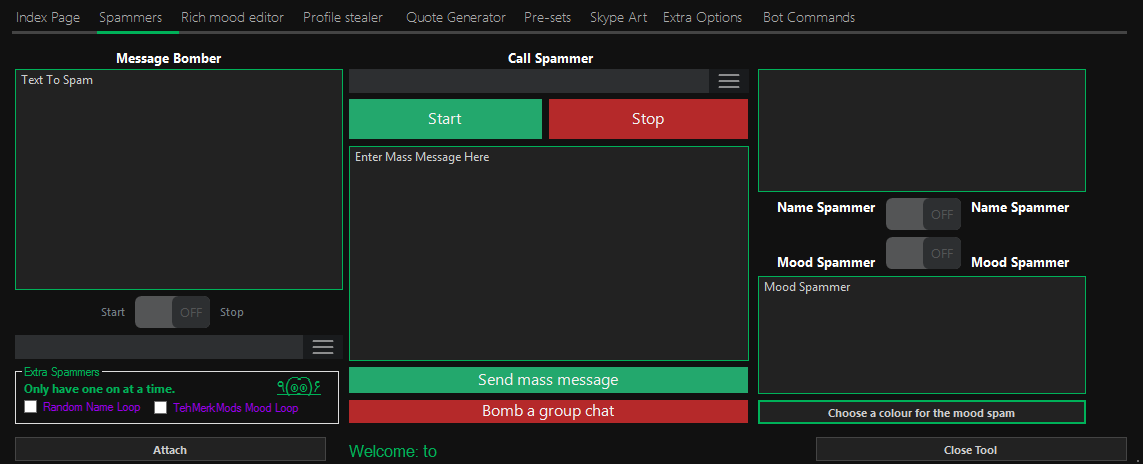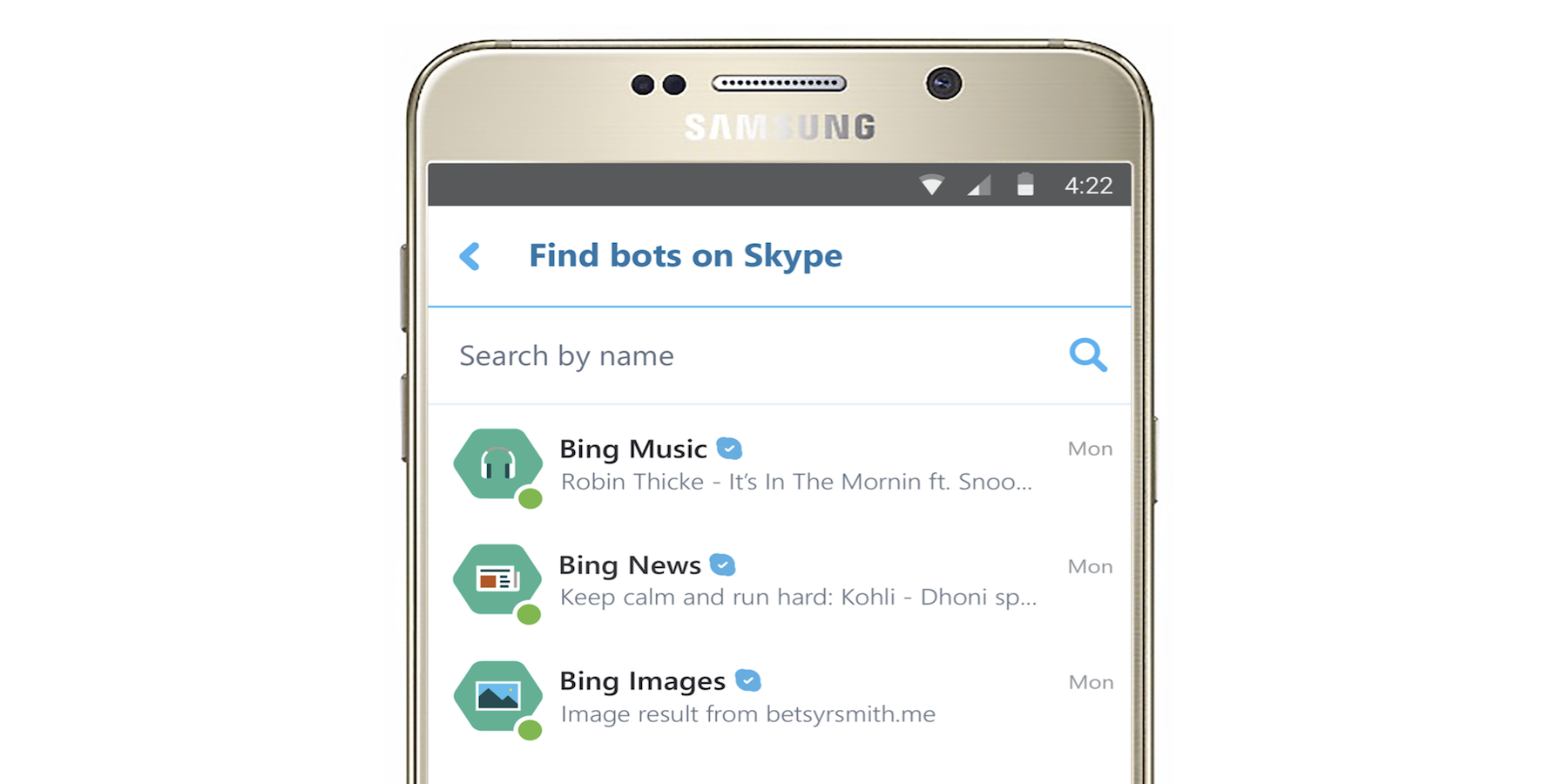

However, in the documentation for some reason forgot to specify which scope should be used to obtain the token. The documentation states that for authorization you need to get a token, and then use it in the HTTP header with each call: It turned out to be the most time consuming part for me.

In principle, it is clear from the documentation how the bot works and how it interacts with Skype, therefore I will not describe this part - I’ll tell you about the difficulties. Manage your bots (here you need to create a new bot, specifying the app id obtained earlier).Your applications (here you need to create a new application and get the app id and client secret).I did not use them either, because wrote a bot in Python.įirst, a small set of useful links (all links are in English): There is a Skype SDK for Node.js and for C #. Then we will talk about the Skype Bot API, we don’t need the Bot Framework, there’s nothing to register there either. It seems obvious that these are different things, but I spent quite a lot of time trying to understand the Bot Framework documentation and register the bot in it when I expected to create a bot without the framework.

#Rss bot for skype registration
Each has its own documentation, its own catalog of bots (?) And its own registration of bots. and for Skype, and there is a Skype Bot API that allows you to create bots specifically for Skype. įirst of all, it is worth understanding that there is a Bot Framework, which allows you to create bots for many instant messengers, incl. Who can not wait to see the result, here it is - MetricsBot. Under the cut - a small description of possible problems. And then Microsoft announced the launch of bots in Skype - it's time to learn how it works. Some time ago I was talking about my Telegram bot, which can show data from Google Analytics.


 0 kommentar(er)
0 kommentar(er)
